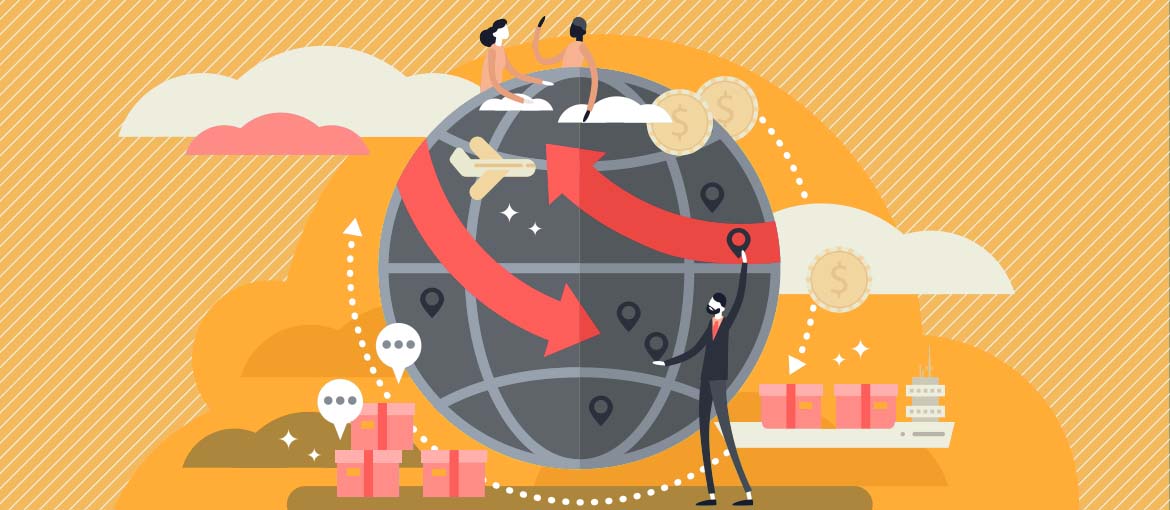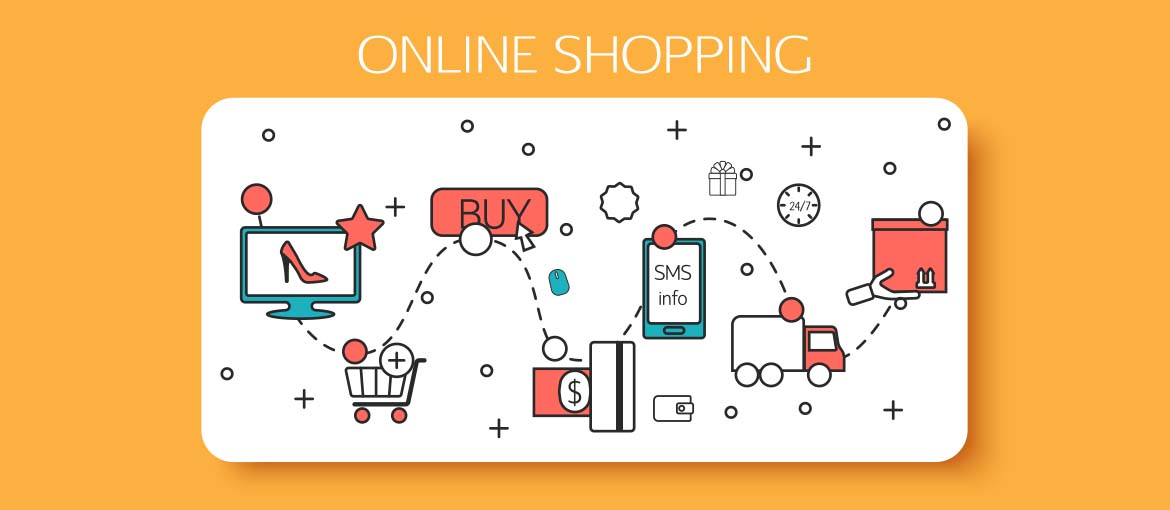Exploring E-commerce
In the realm of commerce, there exists a sector that, despite recent economic challenges, has seen nothing but growth, notably tripling its expansion in the early months of 2021 compared to the same period the previous year. This sector is e-commerce, which has become a popular venture for many retailers, driven by both necessity and the desire to boost their earnings in recent times.
Hence, we aim to delve into the “e-commerce phenomenon” to provide additional insights to those contemplating entering the online retail space. Our exploration begins with the fundamentals:
E-commerce: Definition and Evolution
E-commerce is defined as “the process of buying and selling goods and services via the Internet, conducted by either traditional businesses or through specialized online platforms,” as per the Treccani dictionary. The prefix “e-” stands for “electronic,” signifying its application before “commerce” to denote the digital transaction of business over the Internet.
While purchasing products and services online may now seem second nature, it’s remarkable to recall that e-commerce is a comparatively modern invention, tracing back just a few decades.

The Origins of E-commerce
Briefly, the foundations for the emergence of e-commerce were laid in three key developments:
- The World Wide Web’s creation in 1991.
- The establishment of the first Internet service providers, facilitating web access through paid subscriptions.
- The introduction of graphical web browsers and search engines, such as the pioneering Netscape Navigator.

These innovations paved the way for the novel concept of online commerce. Between 1994 and 1995, pioneering e-commerce entities like Amazon emerged, initially selling books before expanding their catalogues to include virtually everything. In its debut month, Amazon catered to customers across all 50 U.S. states and in 45 additional countries.

Amazon rapidly ascended to become a dominant force in e-commerce, soon joined by other major platforms like eBay and Alibaba.
Over three decades, e-commerce has consistently grown, bolstered by social media platforms that enabled direct consumer engagement, behavior analysis, and the enhancement of offerings based on received feedback. Even in economic downturns, e-commerce has maintained robust growth, as evidenced by data.
E-commerce Growth: Insights
Reviewing Salesforce’s Shopping Index for online commerce trends reveals:
“The initial months of 2021 reaffirmed the digital commerce surge driven by the pandemic and consequent physical store shutdowns, indicating a sustained global shift towards digital retail.”
In the first quarter of 2021 alone, e-commerce saw a 58 percent growth, outpacing the previous year’s expansion, with significant contributions from Canada, the Netherlands, the United Kingdom, and Italy.
Diving Deeper into E-commerce Variants and Operations
E-commerce can be categorized based on the nature of the goods sold:
- Indirect e-commerce or offline e-business involves physical goods purchased online and delivered by courier.
- Direct e-commerce or online e-business pertains to digital goods or services, accessible immediately via download or code.
Market-wise, e-commerce can be segmented into:
- B2C (business to consumer): Direct sales from businesses to end consumers.
- B2B (business to business): Transactions between businesses.
- C2C (consumer to consumer): Peer-to-peer sales through platforms.
Navigating a B2C E-commerce Experience
Visiting a B2C e-commerce site presents a catalog categorized for easy navigation. Selecting an item takes users to a product page with detailed descriptions and visuals. Upon deciding, the item is added to the cart, and the purchase is completed with payment and delivery details. The item then arrives via courier.

For businesses, establishing an e-commerce presence involves meticulous catalog management, logistical planning, exceptional customer service, and effective online promotion. Crucial initial decisions include choosing between an e-commerce platform or creating a bespoke website.
E-commerce Platforms vs. Proprietary Sites
Deciding on the foundation of your e-commerce venture involves weighing the benefits of using established platforms like Magento, Shopify , or WooCommerceagainst creating a custom site tailored to specific needs.

https://woocommerce.com/product-category/themes
Advantages of E-commerce
E-commerce offers businesses the opportunity to reach a broader customer base, operate continuously, reduce overhead costs, and engage targeted marketing strategies. For consumers, it provides the convenience of comparing and purchasing products anytime, anywhere.
Challenges of E-commerce
However, digital barriers, security concerns, and the preference for physical inspection of goods before purchase present challenges to e-commerce adoption.
In summary, a thorough understanding of your business and target audience is essential in leveraging online sales as a strategic revenue source. The recommendation is to remain adaptive, with a keen eye on future developments in e-commerce.

